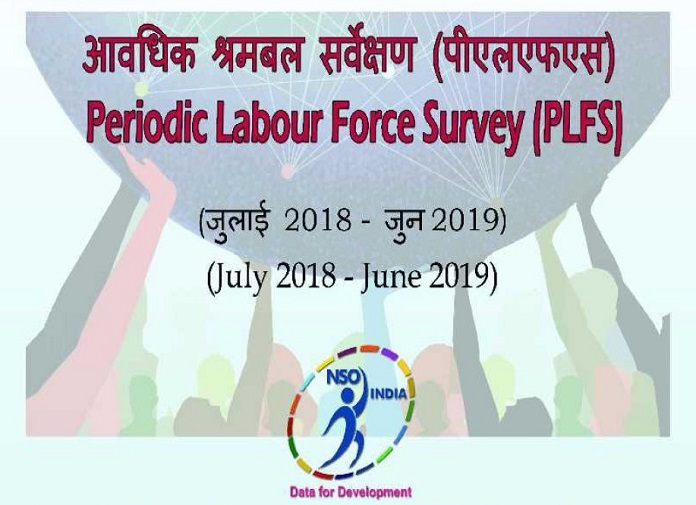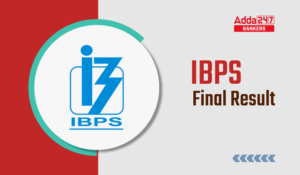Table of Contents
Periodic Labour Force Survey (July, 2018 – June 2019) has been released by the Ministry of Statistics and Programme Implementation, Government of India. It gives estimates of all important parameters of employment and unemployment, covering both urban as well as rural areas of the country. This is the second edition of the Periodic Labour Force Survey. First edition was released in May, 2019.
Also Check,
- IMF releases “World Economic Outlook”
- GoI reviews extant Foreign Direct Investment (FDI) policy
- Union Cabinet Approves “Scheme for formalisation of Micro Food Processing Enterprises”
About Periodic Labour Force Survey (July, 2018 – June 2019):
The “Periodic Labour Force Survey (July, 2018 – June 2019)” is based on the survey conducted by the National Statistical Office (NSO) from July 2018 to June 2019. The survey covered whole of the Indian Union except the villages in Andaman and Nicobar Islands as it was extremely difficult to access these areas throughout the year. The development of survey methodology and the document preparation was undertook by the Survey Design and Research Division (SDRD) of NSO, while the field work was carried out by the Field Operation Division (FOD).
Objectives of PLFS:
The objective of PLFS is primarily twofold:
- to estimate the key employment and unemployment indicators (viz. Worker Population Ratio, Labour Force Participation Rate, Unemployment Rate) in the short time interval of three months for the urban areas only in the Current Weekly Status (CWS)
- to estimate employment and unemployment indicators in both usual status (ps+ss) and CWS in both rural and urban areas annually
Also Check
Key results of the Periodic Labour Force Survey (July, 2018 – June, 2019):
- According to PLFS (July, 2018 – June, 2019), the unemployment rate in India was 5.8%.
- In rural areas, the unemployment rate among males was 5.6%, while among females, it was 3.5%.
- In urban areas, the unemployment rate among males was 7.1%, while among females, it was 9.9%.
- In rural areas, in a week, a worker in Current Weekly Status (CWS) worked on an average nearly 45 hours during July 2018 to June 2019 while in urban areas they worked for 50 hours, in a week, during this period.
- The Worker Population Ratio (WPR) at the all-India level was about 35.3%. In rural areas it was about 35.8% while it was 34.1% in urban areas.
- About 55.1% of the rural males and 19.7% of the rural females, 56.7% of the urban males and 16.1% of the urban females were in the labour force.
- About 51.7% of rural households had major source of income from self-employment during 2018-19.
- In urban areas, about 31.8% of the households had major source of income from self-employment during 2018-19.
- The literacy rate (among persons of age 7 years and above) during 2018-19 was 78.1% in India.
- Literacy rate in both rural and urban areas was higher among males than females.
Also Check,
- India Ranks 142nd in World Press Freedom Index 2020
- India Ranks 53rd in Open Budget Index 2019
- Click Here to Visit Adda247.com for Study Material
- What is Pradhan Mantri Matsya Sampada Yojana (PMMSY)?
You may also like to read:
- Current Affairs one-liners
- Current Affairs & Daily GK Updates 2020
- Download GA Power Capsule for Bank/Insurance Exams
Visit Achieversadda.com and participate in discussions with other aspirants and achievers. Get answers to your queries and connect with others on Achieversadda.com
All the Best BA’ians for RBI Assistant Mains!



 IBPS Final Result 2025 Coming Out Tomorr...
IBPS Final Result 2025 Coming Out Tomorr...
 Simple Tips to Avoid Common Mistakes In ...
Simple Tips to Avoid Common Mistakes In ...
 Important Topics & Shortcuts for IDB...
Important Topics & Shortcuts for IDB...







